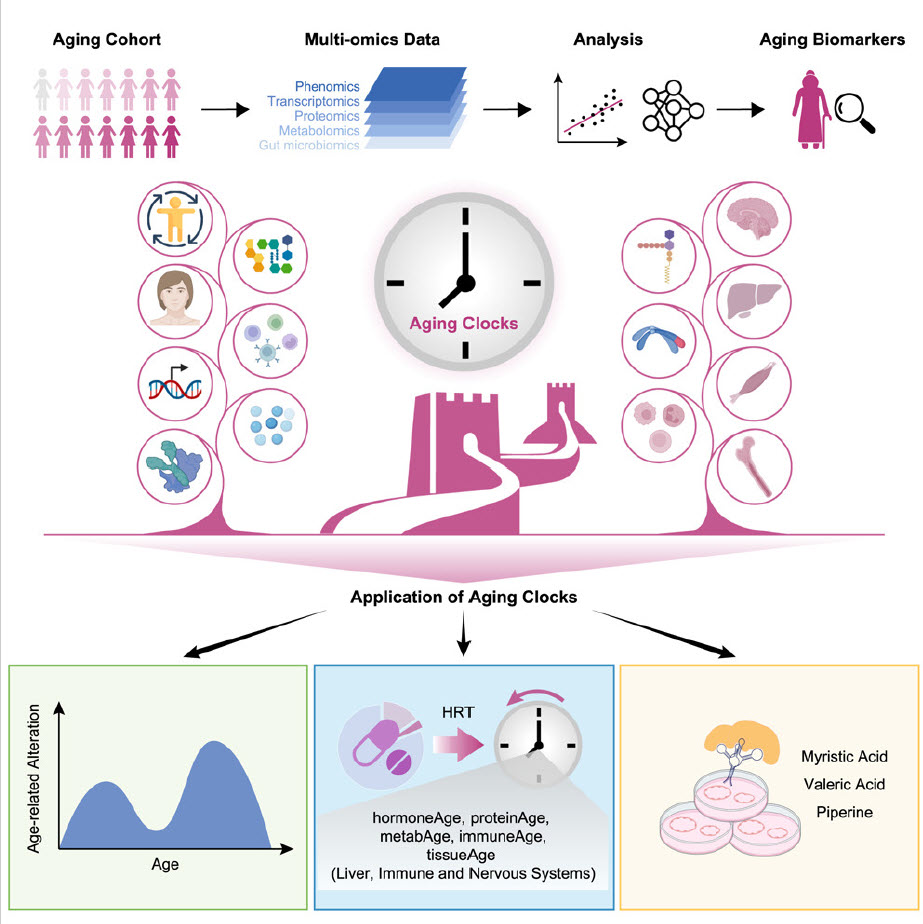This Series paper supports SDG 3 and 13 by synthesising data from 127 existing studies on various aspects of climate change, including the effects of different climate factors on a wide range of health outcomes, climate change awareness and engagement, adaptation strategies, and policy implementation in Vietnam.
Background: Hong Kong is among the many populations that has experienced the combined impacts of social unrest and the COVID-19 pandemic. Despite concerns about further deteriorations in youth mental health globally, few epidemiological studies have been conducted to examine the prevalence and correlates of major depressive episode (MDE) and other major psychiatric disorders across periods of population-level changes using diagnostic interviews. Methods: We conducted a territory-wide household-based epidemiological study from 2019 to 2022 targeting young people aged 15–24 years.
This study identifies a set of markers associated with aging in women, and uses them to create an "aging clock" that can measure a person's biological age. The clock reveals distinct aging patterns and suggests that hormone replacement therapy can slow down some aspects of aging.
This study proposes a diurnal heat risk assessment framework incorporating spatiotemporal air temperature and real-time population data.
This study analyses future changes in heat wave characteristics in India. Future projections show a four-to-seven-fold increase in heat wave frequency, providing a baseline for developing transformational heat-resilient policies and adaptation measures
This paper demonstrates incorporating state institutions, local and international charity organisations, and volunteers, to devise a bespoke approach to care provision using the available resources for people living with autism is a conflict ridden area.
This chapter advances the UN SDG goals 9 and 15 by reviewing how industry and infrastructure development can infringe on snow leopard habitat and how sustainable business drivers can encourage companies to engage in biodiversity conservation efforts.
This article underscores the complex interplay between topography and climate in driving glacier retreat in Sikkim, with significant implications for water resources and regional economic stability.
The paper underscores the need for improved conservation efforts in the tropics, using Bangladesh as a case study, by revealing gaps in protected area coverage for species representation and providing spatial prioritization to guide future expansion efforts, ultimately contributing to meeting global biodiversity targets outlined in the Kunming-Montreal Framework.
With a pressing climate emergency and increasing interconnectedness, the need for action on health at a global level is greater than ever. Achieving Universal Health Coverage with a strong base in primary healthcare is essential. This must be accompanied by policies to address the socioeconomic and environmental determinants of ill health, supporting SDG3.

